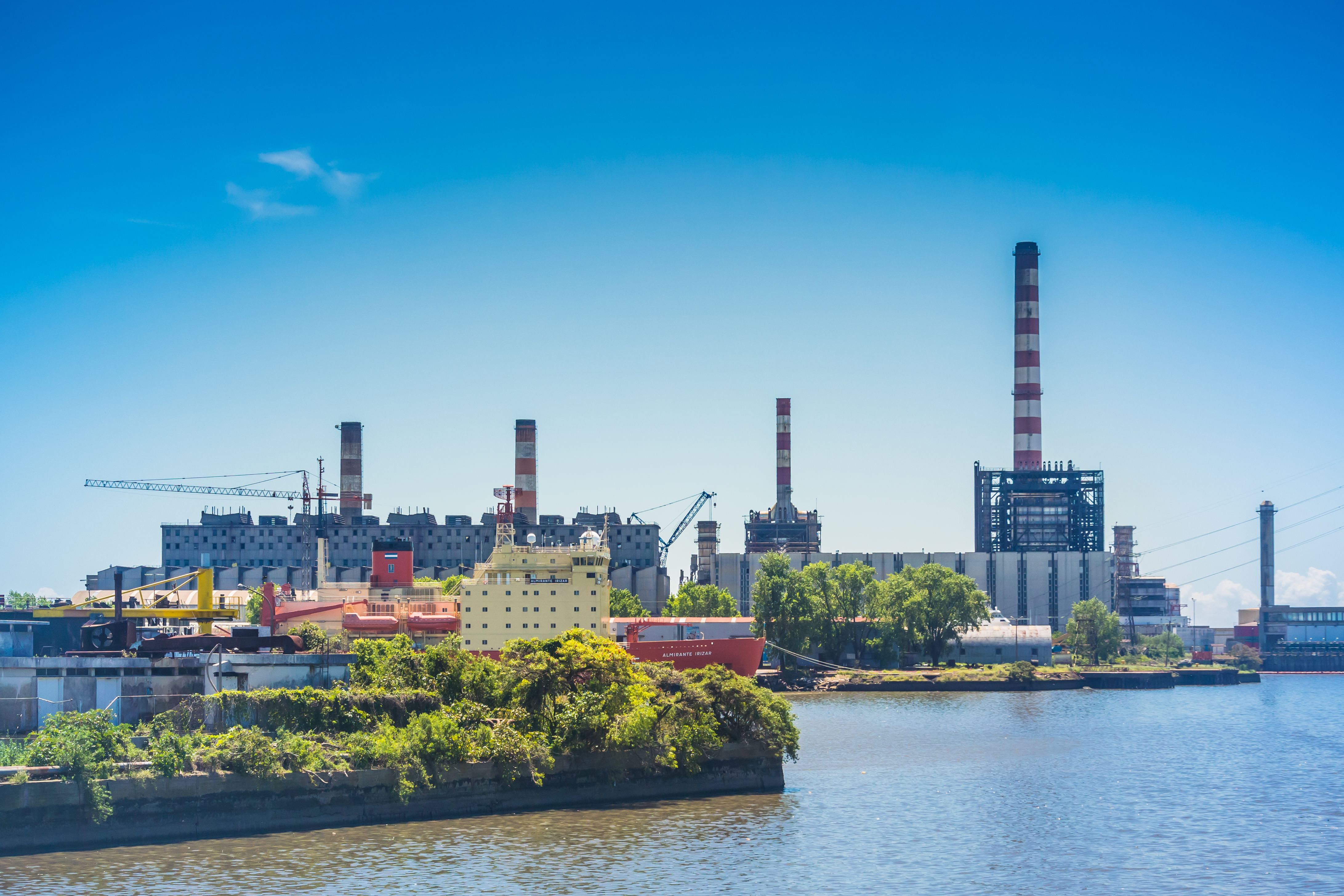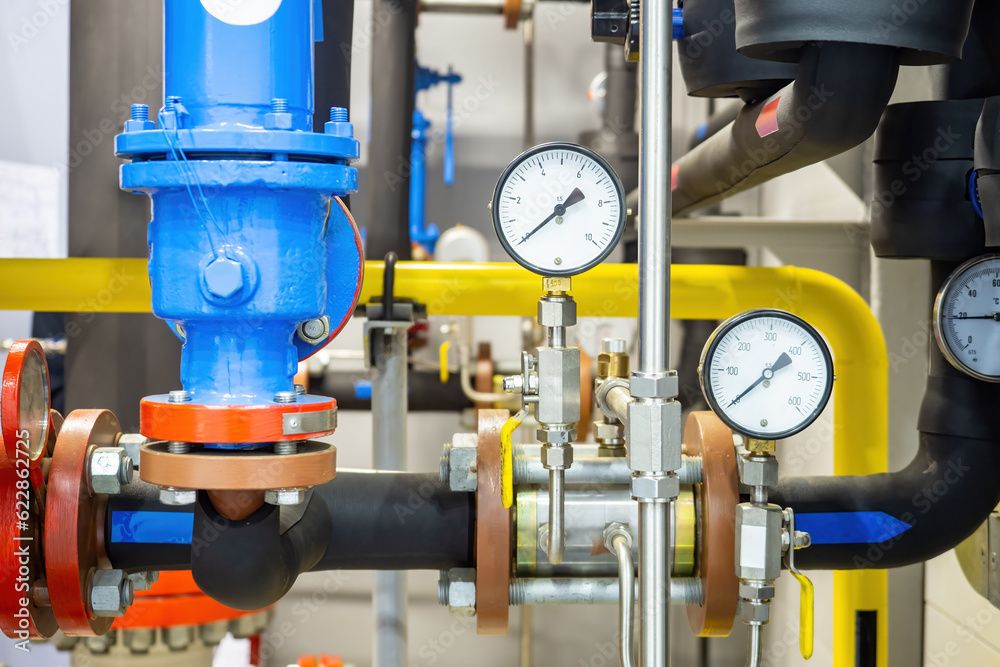What it is
Improving the efficiency of machinery and equipment so that it uses less natural gas.

Where it can be used
In industry, homes, and oil and gas production processes.
How it works
By improving energy efficiency of equipment, such as combustion engines, boilers, and furnaces, and recovering energy from heat generated by the equipment can reduce how much natural gas is needed to run the equipment. Improving efficiency involves replacing inefficient equipment or retrofitting it to comply with higher energy efficiency standards.
Most natural gas-fuelled equipment is replaced infrequently. For example, between now and 2050 most natural gas-fuelled appliances in homes will be replaced once or twice. To avoid locking in emissions, natural gas appliances should be replaced by electric ones when they reach end of life.
Who’s Doing It
Several South American countries have undertaken energy efficiency initiatives for appliances and industry. For example, from 2016-2019, Colombia’s Energy Efficiency in Colombian Industry project monitored 180 industries and trained over 100 industry technicians to improve energy efficiency. Similarly, since 2013, Chile has run a capacity building initiative to train industrial energy managers to implement energy efficiency measures. Chile created the program because a lack of trained personnel and knowledge were a key barrier to improving energy efficiency. Additionally, Argentina, Chile, Colombia, and Uruguay have standards and frameworks for labeling appliances for energy efficiency.

Policy Considerations
Laws, Policies, and Regulations
Policymakers can lay the groundwork for improving energy efficiency through laws and regulations, including requirements for industry to achieve specific levels of energy efficiency by a specific year. Governments can also nudge industry to become more energy efficient through policies that support industrial innovation focused on energy efficiency.
To improve energy efficiency in appliances, governments can also adopt mandatory energy efficiency labeling, rating, or performance standards for appliances. When combined with education initiatives, energy efficiency labeling and ratings can nudge consumers to opt for more energy efficiency equipment
Governments may also wish to facilitate adoption, such as by bulk purchasing energy efficiency equipment to lower costs for industries or building owners. This approach has worked in Mexico and India.
Equity Considerations
For a just transition, everyone must have the opportunity to reap the benefits of climate action. Transitioning to more energy efficient appliances may be out of the reach of many low-income households. To enable this transition, governments can offer financial incentives or funding.